My first list of books, which I will read in the first part of 2020, includes nine novels. These books are real masterpieces and literature classics. During my life, I’ve always read several books. During high school, I developed a passion for literature. Moreover, I also studied Greek, Latin, art, philosophy, and history. Let’s check these nine novels:
-
Macbeth by William Shakespeare
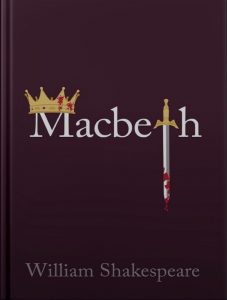
Macbeth is the shortest play among the most remarkable tragedies of William Shakespeare, who wrote it around 1606. The dark and gloomy air lingers in this drama, which sees as main characters the thane of Glamis Macbeth with his wife, Lady Macbeth. The other figures are the three Weyward sisters (the witches), King Duncan, Duncan’s elder son Malcolm and the Scottish thane Banquo. In Macbeth, the metaphysical world meets human nature’s worst traits, such as corruption, murder, lust, and avidity.
-
Emma by Jane Austen
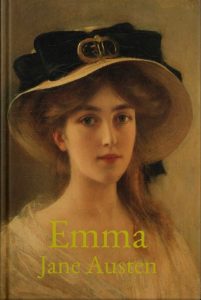
The hero of this novel by Jane Austen is Emma, a charming, smart, and rich young girl. She doesn’t enjoy studies, and she categorises people because of their social-economical status. Nevertheless, she loves to match her friends and acquaintances, intending not to marry. Another main character is Mr Knightley, who is a wealthy close friend of Emma. Sometimes he criticises her behaviour, although he is a kindhearted and benevolent person. The other characters of the novel are Mr and Mrs Weston, Emma’s closest family, the wealthy Frank Churchill, the selfish Mr and Mrs Elton, the beautiful Jane Fairfax, the naive Harriet Smith, and Emma’s father, Mr Woodhouse.
-
A Tale of Two Cities by Charles Dickens
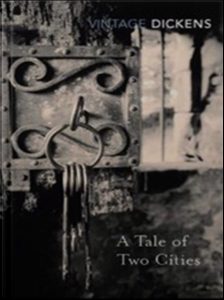
A Tale of Two Cities is the most famous historical novel by Charles Dickens, who published it in 1859. This book finds its roots in “The French Revolution: A History” by Thomas Carlyle. Also, Dickens’ analysis during his travels to Paris has a significant impact on the book. The novel consists of three books: Book the First: Recalled to Life, Book the Second: The Golden Thread and Book the Third: The Track of a Storm. This historical novel takes place in London and Paris, during the French Revolution and the Terror. The main characters are the French doctor Alexandre Manette, his compassionate daughter Lucie, the arrogant Sydney Carton, the revolutionary Madame Defarge, the businessman Jarvis Lorry and the French aristocrat Charles Darnay. In this novel, the brightness and obscurity represent the virtue and sin personified by the different characters.
-
Little Women by Louisa May Alcott
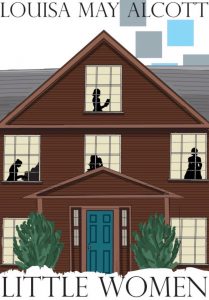
In my list of books that I plan to read in the next months, I couldn’t miss Little Women, a novel by the American author Louisa May Alcott. The plot is about the life of four sisters March, Meg, Jo, Beth, and Amy. They live with their mother Marmee in Massachusetts, New England. They are a low-income family whose father is away because he works as a pastor in the American civil war. Each of them has a different personality. Meg is pretty and classy; Jo is a butch girl, Beth is an introverted pianist, and Amy is a dreamy artist. Although they have different personalities, they love each other. Louisa Alcott found inspiration from her family, and she identified herself with the character of Jo March.
-
Good Wives by Louisa May Alcott
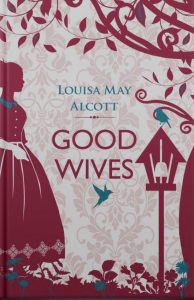 Good Wives is the continuation of Little Women. We find the March sisters after three years of their lifetime. Meg is now a wife and mother; Amy travels to Europe, Jo is a nanny in New York, writing and learning German, and Beth’s health worsens. Although their life paths take different directions, they will always remain a very close family.
Good Wives is the continuation of Little Women. We find the March sisters after three years of their lifetime. Meg is now a wife and mother; Amy travels to Europe, Jo is a nanny in New York, writing and learning German, and Beth’s health worsens. Although their life paths take different directions, they will always remain a very close family. -
The Queen of Spades by Alexander Pushkin
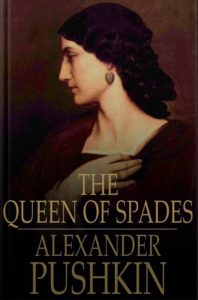
The Queen of Spade is a small book, which Alexander Pushkin published in 1834. This mysterious and minimal story takes place in Petersburg city. It is a tale where gambling and the supernatural find space in a bizarre and disillusioned ambience. The protagonist is Hermann, an army engineer, who loses his mind and becomes mad. In The Queen of Spade, there is a detached and minimal description of events involving Hermann, the old countess, and her godchild Lizaveta. Hermann wants to know the secret of the three cards in a game, and hence he seduces the naive Lizaveta to meet the old countess. Ultimately, Hermann will fall into a mad obsession because of the unrevealed secret of the three cards.
-
Vanity Fair Fair by W. M. Thackeray

Vanity Fair is an 1847 English novel. This satiric novel doesn’t have a hero. Indeed, the protagonist is a treasure-hunt and rapacious crowd. They live without any morality, and they merchandise everything in their life. Thackeray describes London as a marketplace and a flat store. The society is a human jungle where there are predators and preys. There is no authenticity, but only performers pretending to show an opulent and extravagant facade. Vanity Fair is an authentic seriocomic tale.
-
Mrs Dalloway by Virginia Woolf
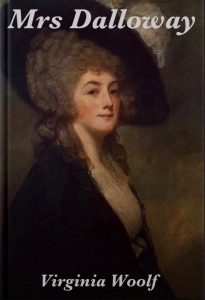
Mrs Dalloway is the fourth novel of Virginia Woolf, and its publication year is 1925. The main character is Clarissa Dalloway, who is a rich woman in her fifties. Clarissa is organising a party, and she recalls memories. The second main character is Septimus Smith, who is a war veteran. He struggles in his recovery from the post-traumatic stress disorder. The happening of the party of Clarissa is simultaneous with the decline of Septimus’s life. Virginia Woolf expresses a subtle critic of the medical profession and a hypocrite society. There is a correlation between the personal experience of the author and the characters of this fictional book. Indeed, Woolf had a bipolar disorder, and the suicidal theme anticipates the end of Virginia’s life.
-
Orlando by Virginia Woolf
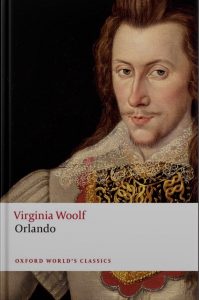
Orlando is the last novel in this list of books. This novel dates back to 1928, and it is a famous fantastic story by Virginia Woolf. The main character is an English nobleman who becomes a woman in his thirties. Orlando lives an adventurous three-century life starting from Queen Elizabeth I period. After different adventures, Orlando finds themselves as ambassador in Constantinople, and one day they awake as a woman. Lady Orlando goes back to England and lives as a woman for the following two centuries. They are a writer winning a prize for their poetry. The tale ends up in the year 1928, the publication year of the novel. In this book, there are different historical periods of Britain, from the Renaissance to Virginia Woolf’s contemporary period.
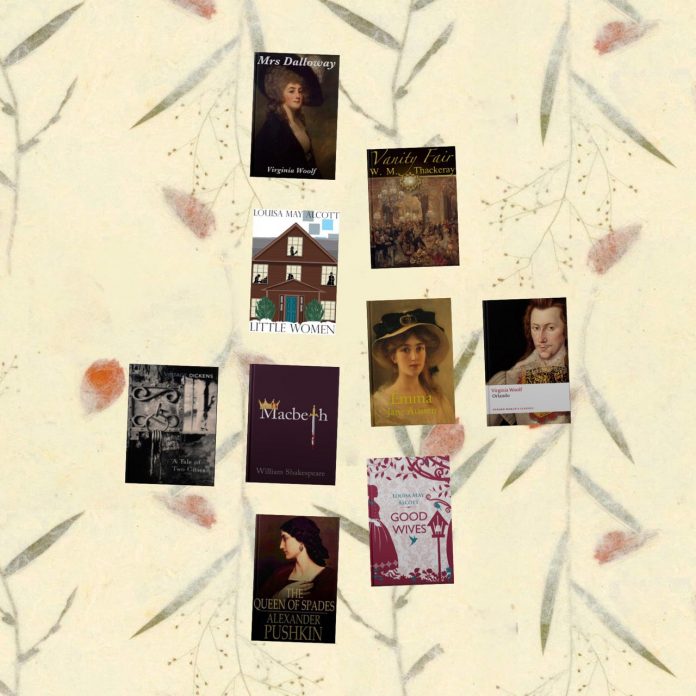





Masum
[…]we prefer to honor lots of other web web-sites around the internet, even though they arent linked to us, by linking to them. Beneath are some webpages really worth checking out[…]
3credence